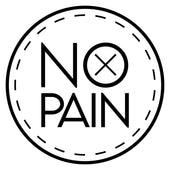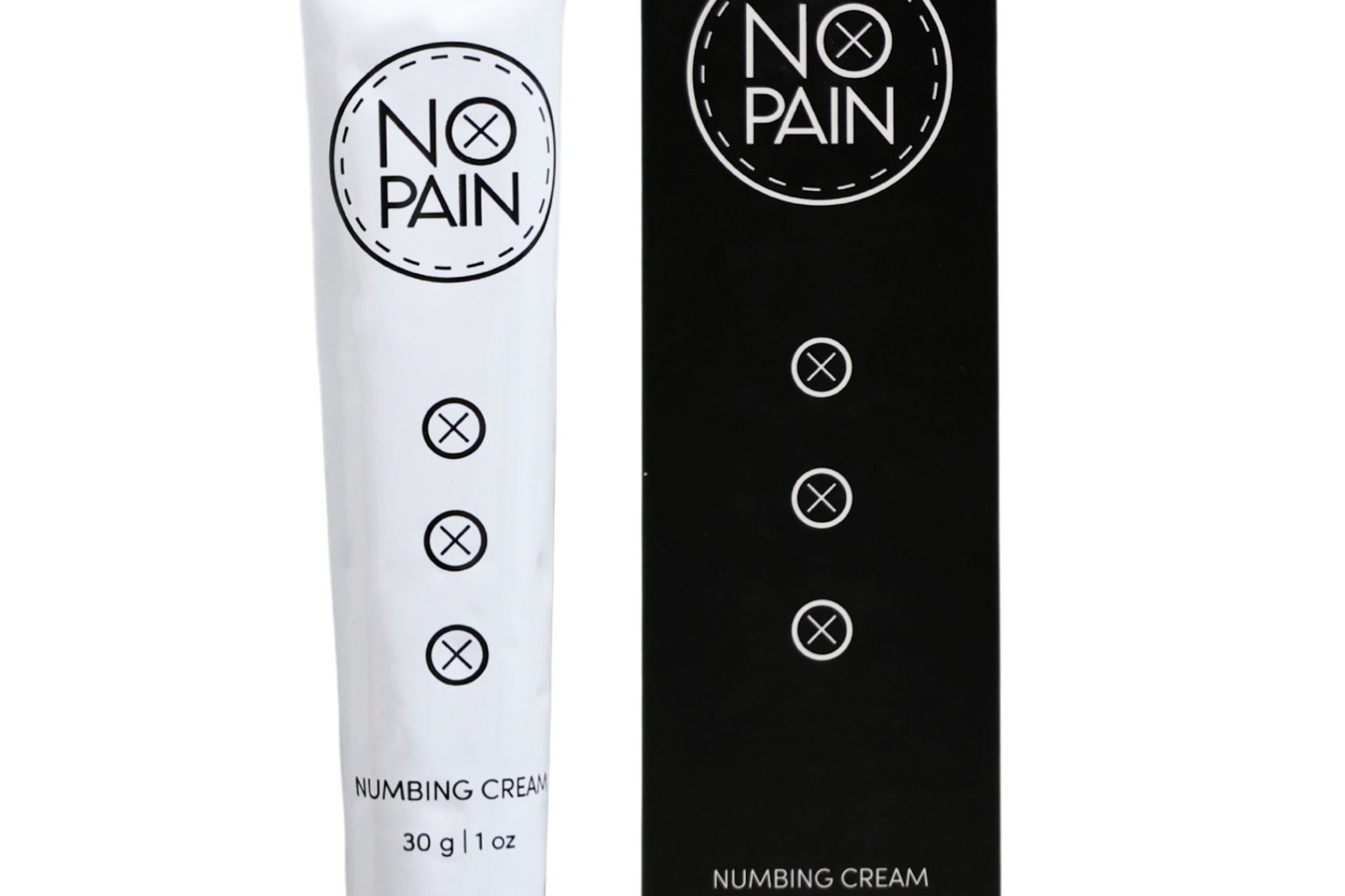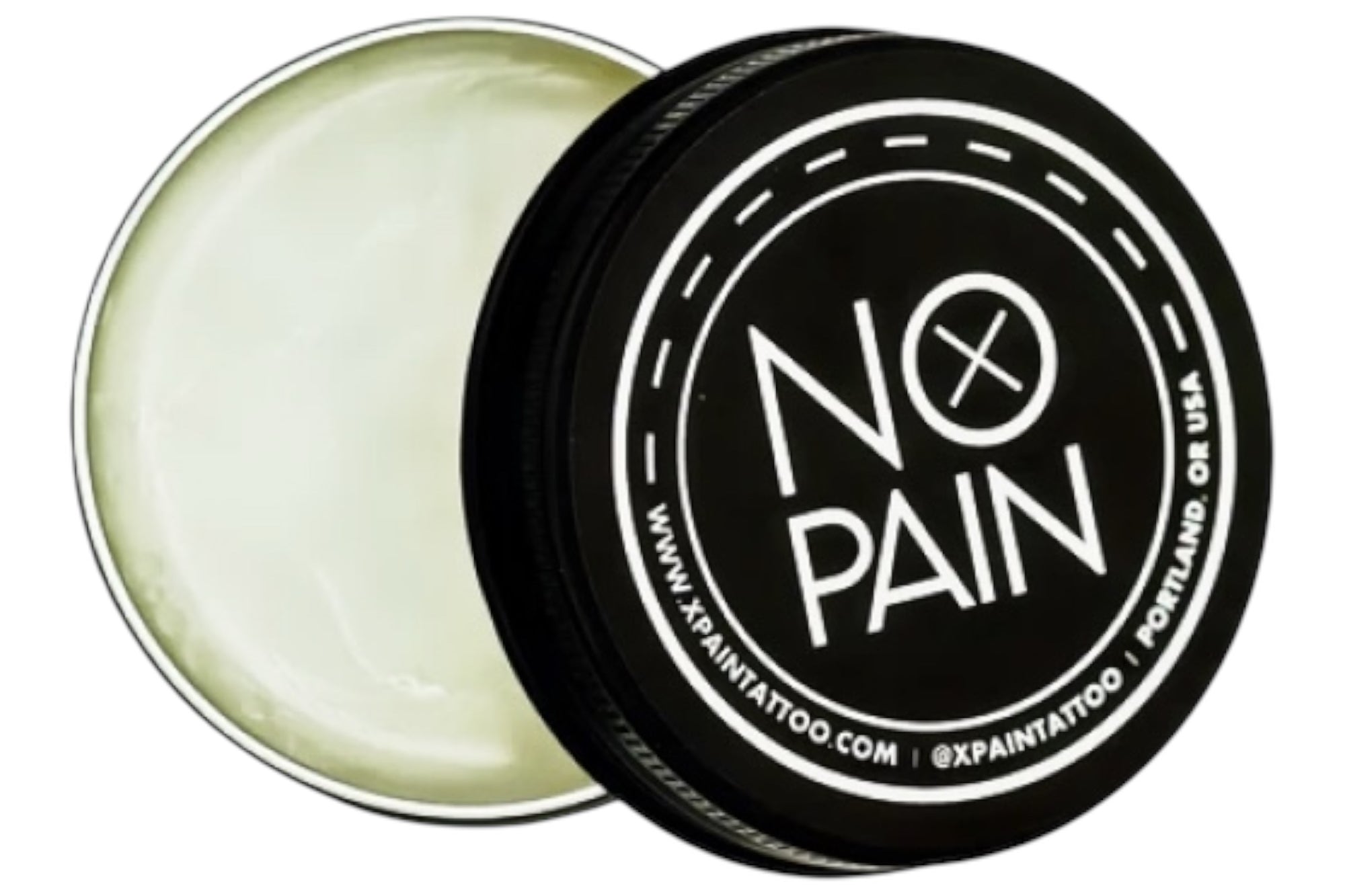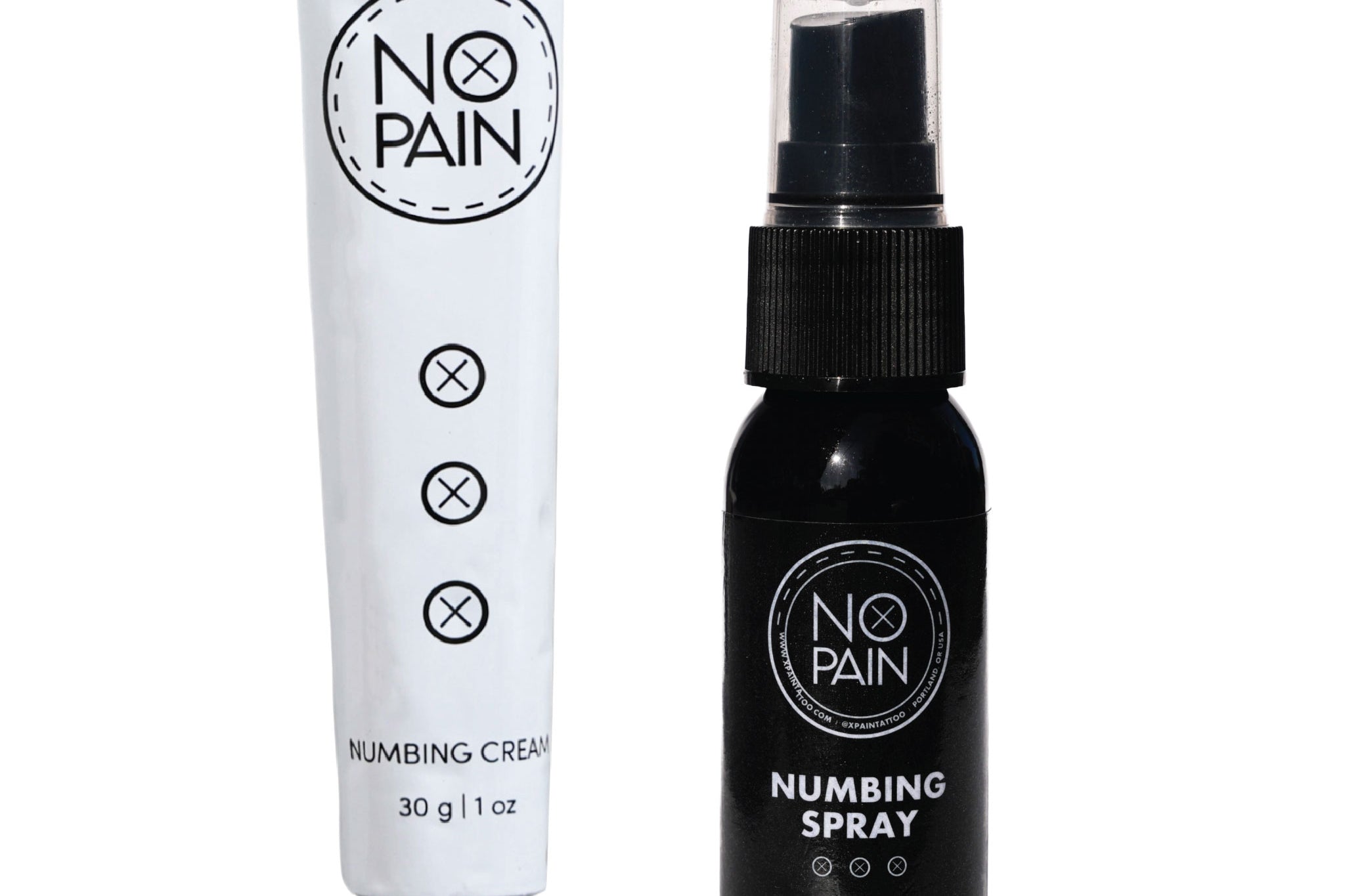You've spent weeks, maybe even months, perfecting the design of your next tattoo. But now you're faced with an equally important decision: where on your body should it live? The placement of a tattoo is a powerful, non-verbal statement. It can change how the art is perceived, how it feels to get it, and what it says about you.
While the meaning of any tattoo is ultimately personal, different placements have carried cultural and symbolic weight for centuries. This is your guide to the meanings and practical considerations behind some of the most popular tattoo placements.
The Arms: A Canvas for the World
The arms are the most common and versatile place to get tattooed.
-
Forearm:
-
Meaning: A tattoo on the forearm is highly visible to you and to others. It often represents something the wearer is proud of and wants to be reminded of daily. It signifies confidence and a willingness to have your art on display.
-
Considerations: The pain is generally low, making it a perfect spot for a first tattoo.
-
-
Bicep / Upper Arm:
-
Meaning: This is a classic placement associated with strength and courage. The inner bicep, closer to the heart, is often reserved for more personal and meaningful tattoos, while the outer bicep is a "billboard" for bold, powerful statements.
-
Considerations: The outer bicep is a very low-pain area. The inner bicep, however, is much more sensitive.
-
The Torso: Personal and Powerful Statements
Tattoos on the torso are often more private, reserved for the wearer and those they choose to share them with.
-
Chest:
-
Meaning: A chest piece, especially one over the heart, is one of the most significant placements. It often symbolizes something of deep personal importance and love. Symmetrical chest pieces can represent balance and harmony.
-
Considerations: The chest is a high-pain area, especially over the sternum. Preparing with a product like our No Pain Tattoo Numbing Cream is a smart move for a chest piece.
-
-
Ribs:
-
Meaning: A rib cage tattoo is often considered a very intimate and personal piece. Its placement close to the heart and lungs can symbolize life, breath, and things held dear. Because of the intense pain, it also represents resilience and toughness.
-
Considerations: The ribs are notoriously one of the most painful spots to get tattooed.
-
-
Back:
-
Meaning: The back is the largest, flattest canvas on the body, making it the perfect home for a large-scale, epic piece of art. A back piece often represents the foundations of a person's life, their past, or a journey they have undertaken.
-
Considerations: The pain varies, with the spine being extremely painful and the fleshier parts being more manageable. A full back piece is a massive commitment of time and money.
-
The Legs: A Grounded Foundation
Leg tattoos can symbolize your journey, your foundation, and your path forward in life.
-
Thigh:
-
Meaning: Like the upper arm, the thigh is a powerful and sometimes more intimate placement for a large piece of art. It can be easily concealed, making it a popular choice for professionals who want significant work.
-
Considerations: The outer thigh is a very low-pain area, while the inner thigh is extremely sensitive.
-
-
Calf:
-
Meaning: Calf tattoos are a popular and stylish choice, easily shown off or covered. They can symbolize a person's interests, passions, or forward momentum in life.
-
Considerations: The fleshy back of the calf is a manageable pain level, while the front of the shin is one of the most painful spots on the body.
-
The Extremities: Bold and Committed
-
Hands and Neck:
-
Meaning: These are the most visible tattoos possible and represent a deep and public commitment to the tattoo lifestyle. They are often seen as symbols of rebellion, identity, and a life lived outside conventional norms.
-
Considerations: These are high-pain, difficult-to-heal placements that still carry social stigma in some professional environments.
-
Ultimately, the meaning of your tattoo's placement is what you decide it is. By understanding the cultural symbolism and the practical considerations of pain and healing, you can choose a spot that is not only beautiful, but also perfectly aligned with the story you want to tell.



